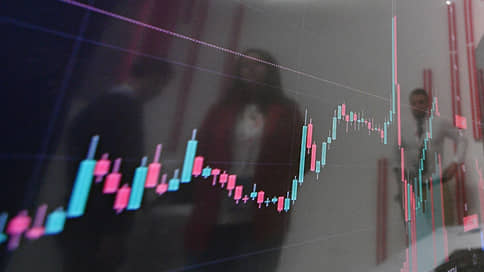The initial public offering of shares of the software company Diasoft was successful
[ad_1]

The initial public offering of shares of the software company Diasoft largely repeated last year’s successful IPO of the Astra group. Multiple oversubscription, a record number of investors and limited allocation led to a rapid increase in quotations in secondary trading. According to experts, pent-up demand will push up the stock price in the coming days, although on the one-year horizon they may pull back from the maximum. At the same time, the segment remains highly competitive, and there are quite a lot of risks associated with it, including regulatory ones.
Due to a glitch in the stock section of the Moscow Exchange on the afternoon of February 13, the start of the first secondary trading in Diasoft shares was delayed by almost two hours. As a result, they went on for just over an hour, but very vigorously, reminiscent of the trading of another software company, the Astra Group (see. “Kommersant” dated October 17, 2023). From the first minutes, the price of shares soared to 6.3 thousand rubles, exceeding the IPO price by 40%. At this level, virtually until the end of trading, there were purchase orders in the amount of more than 2 billion rubles. “Investors have shown increased demand for securities,” believes Evgeniy Shatov, partner at Capital Lab. The trades ended at the same price level, their volume amounted to almost 0.9 billion rubles.
The day before, the company closed the order book with multiple oversubscription, according to portfolio managers – 20-30 times. The IPO price was set at the upper limit of the range – 4.5 thousand rubles, the issuer did not increase the placement volume (4.14 billion rubles).
According to Andrey Chepur, managing director for capital markets at BCS (one of the organizers of the transaction), two dozen large institutional investors, about 70 brokers took part in the transaction, and more than 150 thousand applications were received. Apparently, most of the applications were satisfied – according to the Moscow Exchange, the total number of transactions amounted to almost 142.6 thousand.
According to this indicator, the IPO became a historical record for placements of Russian securities, ahead of the indicators of the Astra group (more than 118 thousand transactions) and VTB (124 thousand transactions, May 2007). The average transaction volume was 29 thousand rubles, which is comparable to the same parameter for shares of the Astra group (29.6 thousand rubles). But many investors received only 1–3 shares (worth 4.5–13.5 thousand rubles), that is, a fraction of a percent of the submitted applications. According to a Kommersant source on the stock market, those who submitted applications in the first days of collecting the book received a large allocation.
Judging by the active submission of purchase orders, “on Wednesday there is also the prospect of a serious increase” in quotations, believes Dmitry Alexandrov, head of the analytical research department at IVA Partners. The allocation is very small, the demand from investors is active, which is associated both with the industry to which the issuer belongs and with the memory of Astra’s IPO, he explains. There are no prerequisites for a sharp loss of investment interest in the securities, which means “we can expect a good increase in quotes,” agrees Anastasia Puzanova, head of IR projects at the corporate finance department at Tsifra Broker.
At the same time, Tatyana Simonova, portfolio manager for Russian shares at General Invest, allows for “some price adjustment from current levels.” According to Evgeny Shatov, “on the horizon of the year” the price range could be 5.4–5.85 thousand rubles.
According to two portfolio managers who participated in the placement, they have already taken advantage of the situation and partially sold the securities at 6.3 thousand rubles. Shares of the Astra group also rose in price by almost 100% in the first days, but a month after the IPO they were trading only 50% higher than the offering price. They are currently trading at 70% above IPO levels.
At the same time, experts note the risks associated with Diasoft. Ms. Simonova names among them cost inflation and the company’s limited ability to maintain a high level of operating efficiency and, accordingly, achieve planned profitability indicators. In addition, increased competition in this segment cannot be ruled out (see. “Kommersant” from February 9). Theoretically, Tatyana Simonova adds, there are also regulatory risks, for example, such as the abolition or reduction of state support for the sector, new requirements for companies, etc. In addition, in her opinion, “corporate governance and technological risks, including those related to sanctions.”
[ad_2]
Source link





